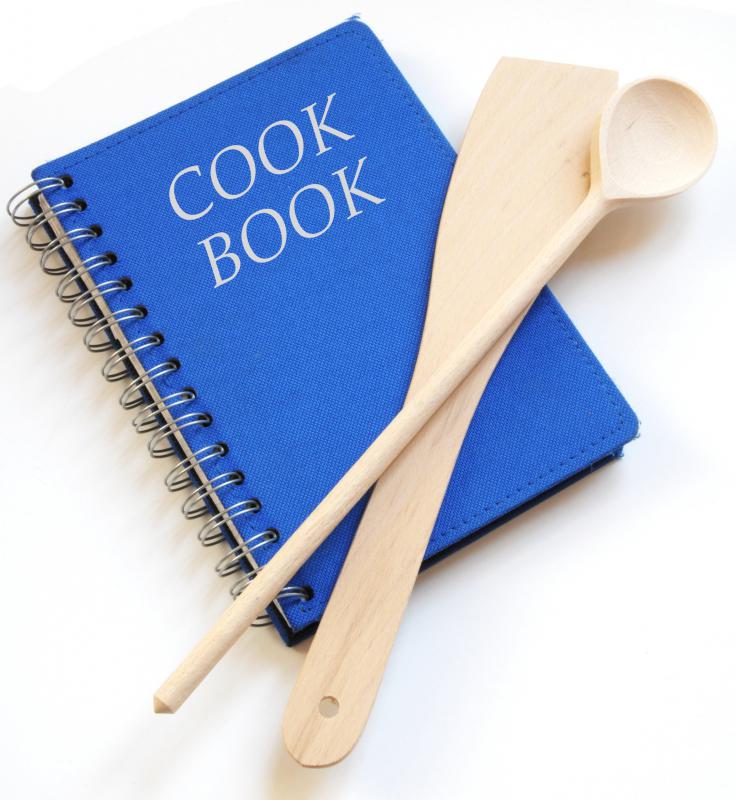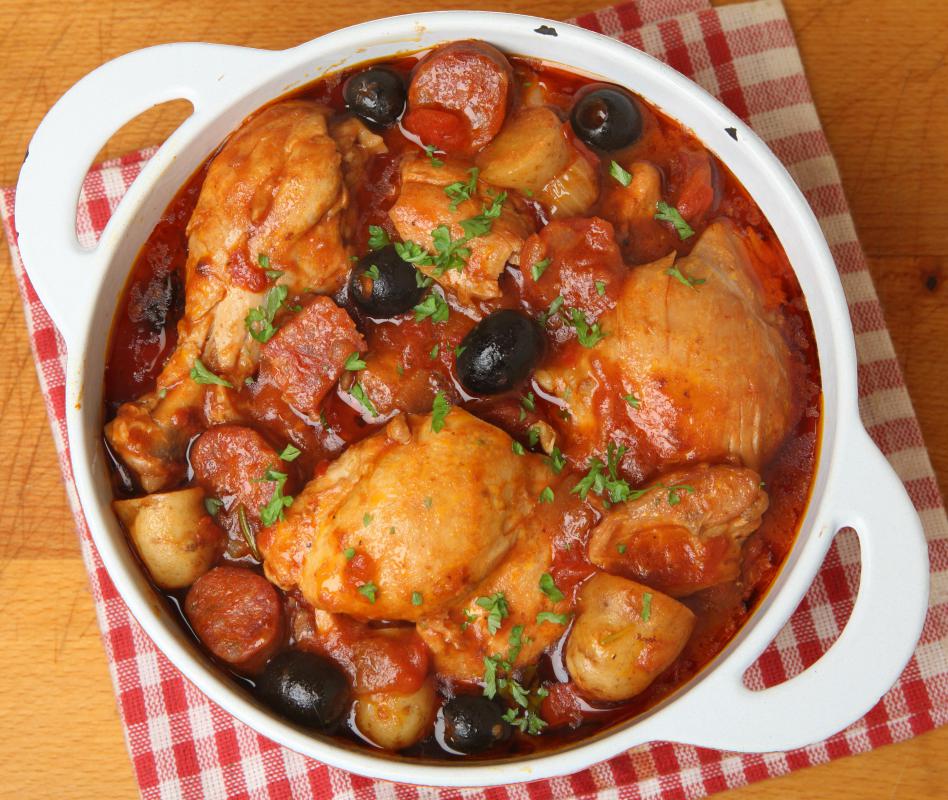At DelightedCooking, we're committed to delivering accurate, trustworthy information. Our expert-authored content is rigorously fact-checked and sourced from credible authorities. Discover how we uphold the highest standards in providing you with reliable knowledge.
What Are the Best Tips for Cooking Rabbit Meat?
The best tips for cooking rabbit meat typically depend at least in part on the size of the rabbit, its age, and the cut of its meat. Most cuts tend to be somewhat tough, particularly when the rabbits are wild; this can make it challenging to create a flavorful dish without a bit of planning. Rabbit stews are very popular in part because simmering the meat for a long time in a broth helps to tenderize it, which can make it very savory and pleasing. Roasting often has the same effect, though cooks often need to be careful to baste frequently. Smaller, more tender cuts, especially those from very young rabbits, often lend themselves very well to sautéeing and grilling, but in these instances less is usually more; too much heat or intensity can toughen the meat and dry it out. Cooks often soak the meat in marinades before cooking to help it lock in flavor and remain tender.
Consider the Specifics of the Meat
One of the first things a cook charged with rabbit preparation should consider is what sort of rabbit is at issue, and the precise sort of meat. There can be a lot of variation, and cooking tips can fluctuate accordingly.

In most cases, rabbit is cut into sections like chicken — namely, two hind legs, two front legs and two to four sections of saddle or loin — and each part is ideal for certain types of cooking. Basic chicken recipes can be used when cooking rabbit meat, though the timing often needs to be adjusted to account for the denser quality of most rabbit cuts. In general, the back legs are the toughest, especially in older rabbits, and should be stewed or braised. The front legs have little meat but can be used in stews and soups. Thin strips along each side of the loin, called tenderloin, are considered the best cuts, and in most instances should be sautéed or grilled to maximize their qualities.
Stewing

Rabbits in general produce very lean meat that is often very muscular. This is often particularly true of larger animals that are caught in the wild; their diets and constant movement produces meat that is often pretty tough at first. Farm-raised rabbits often have a light pink tint to the meat, like white meat in chicken. The meat of wild rabbits, which are hunted in many places, is darker and typically has a more gamey flavor. Depending on the cut of meat from either animal, though, stewing is a very popular method of cooking.

In a typical stew, the meat is added raw to a flavorful broth and cooked for many hours over low heat. Low heat is key here; slow, even simmering will help the meat soften and will penetrate it with flavor, but boiling it or heating it too highly for too long can actually have the opposite effect. Cooks often add a mild acid, such as tomato or lemon, to the mix, too. Acids can break up the meat’s proteins, helping facilitate tenderizing.
Roasting

Slow roasting is another good option for tough meats, particularly whole rabbits, though it can often also work for even more tender cuts provided cooks keep a careful watch. Roasting usually involves slow baking at low temperatures. Cooks often place the meat in a shallow pan with a broth and other savory ingredients, particularly herbs and vegetables. The moisture will provide something of a steam treatment for the meat and can help impart a lot of flavors as well as improving tenderness. Cooks often use a tool known as a baster to suck moisture from the bottom of the pan and redistribute it over the surface of the meat periodically during cooking. Turning or flipping the meat during cooking can also achieve the same effect.
Sautées and Grills

The most tender cuts of rabbit don’t often do well with a lot of cooking, which means that roasts and stews may not be the best way to capture their flavor. In these instances, cooks often pan-cook the meat, or grill it; in either instance, though, the key is usually moderation. In general the meat should be thinly sliced to minimize cooking time. Even though the meat may be more tender, it’s still usually pretty dense, which means it’s prone to drying out more easily than moister meats from other animals. Cooks are usually wise to cook only as long as is needed to raise internal temperatures to safe consumption standards.
Potential Benefits of Marinades
Soaking the meat in a flavorful marinade before cooking can be a great way to increase flavor without impacting cook time. A marinade can be any liquid solution applied to the outside of the meat before it’s cooked. In general cooks should allow for at least an hour of soak time to maximize the benefits, but overnight is also commonly recommended. Mild acids can also be a good idea here, and the cultures in most yogurts can also help deconstruct the meat proteins and make for a more flavorful final dish. Depending on the recipe, the marinade sometimes needs to be rinsed off before cooking, but not always.
AS FEATURED ON:
AS FEATURED ON:















Discussion Comments
@croydon - I think it also has something to do with rabbit disease, to be honest. I mean, if they were that great at producing meat, I would have thought they'd end up being produced by some industry for mince or something, since businesses tend to look at the bottom line.
But they are difficult to keep healthy because there are quite a few diseases around that can attack them.
@MrsPramm - I wonder if it makes a difference if the rabbit is wild or farm raised? I would have thought if this was true that they would be a more popular food in general around the time when everyone was trying to eat meat that was as lean as possible.
I've always thought it was a shame that more people didn't eat rabbit because they are a very sustainable form of meat. I worked as an aid worker for a while and we were always trying to get people to start raising rabbits, because they produce so many young and grow fast on very little food compared with animals like sheep and cows.
But eating rabbit meat never seems to become very popular. I guess people don't like the idea of eating something they think is cute. Which is annoying, because piglets are cute and chickens are cute, but people can't stop eating them.
Apparently if you are stuck out in the wilderness and think you can survive living solely on rabbit meat, you have to think again, because there is so little fat on it that you can actually starve to death if you don't eat anything else.
Humans do need a small amount of fat in order to survive and rabbit meat apparently just doesn't have enough. It's not really a situation that many people would face these days, but I used to read warnings about this in wilderness manuals.
Post your comments